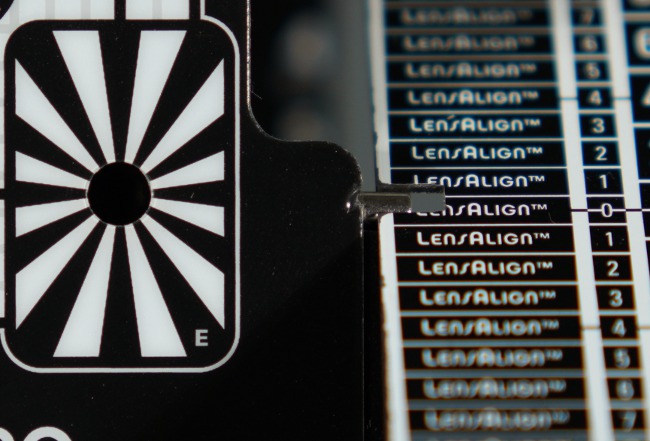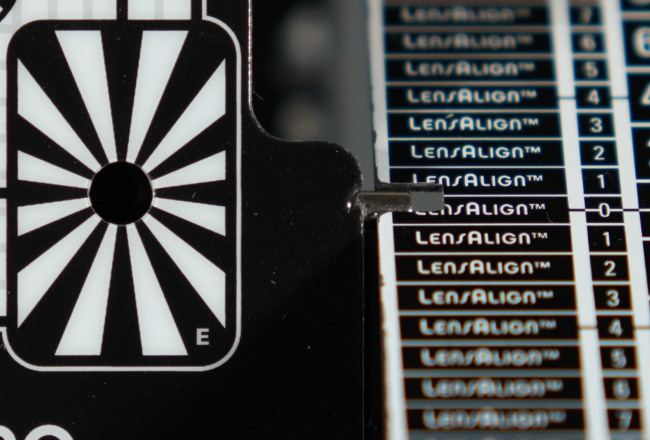Sigma C 50 mm f/2 DG DN
10. Autofocus and focus breathing
Autofocus
We attached the tested lens to the Sony A7R III in the first place. The autofocus performance was noiseless and sensibly quick – running through the whole focal range and confirming the focus took about 0.6-0.7 of a second. What's interesting, you are able to shorten it to an excellent result of about 0.4 of a second if you switch to the AF-C mode.In case of the newer Sony A7R V body the performance remains noiseless but is faster. In the AF-S mode the focusing time amounts to about 0.5 of a second and then it can be shortened to 03.-0.4 of a second if you pass to AF-C.
The accuracy of the autofocus was very good, no matter whether we used the lens in the studio or outdoors. Misses were really few and far between, never exceeding 1-2% of all shots.
Please Support UsIf you enjoy our reviews and articles, and you want us to continue our work please, support our website by donating through PayPal. The funds are going to be used for paying our editorial team, renting servers, and equipping our testing studio; only that way we will be able to continue providing you interesting content for free. |
- - - - - - - - - - - - - - - - - - - - - - - - - - - - - - - - - - - - - - - - - - - - - - - -
The tested lens didn't have any front or back tendencies either, no matter what body it was attached to.
| A7R III, f/2.0 |
 |
| A7R V, f/2.0 |
 |
Breathing
Focus breathing tests show refraiming images as you oversharp them. We conduct the test by manually passing from the minimum focusing ditance to infinity with the aperture stopped down; then we check how the field of view of the lens changed as a result.After conducting a number of tests now we think we are able to determine some reference points. A frame change ranging from 0 to 5% we consider to be low. Between 5 and 10% you can speak about medium levels. Usually such values constitute also the maximum efficiency level of any breathing compensation algorithms, present in some bodies. Between 10 and 15% focus breathing is high, above 15% its level can be called very high.
The test video of the Sigma lens is presented below:






